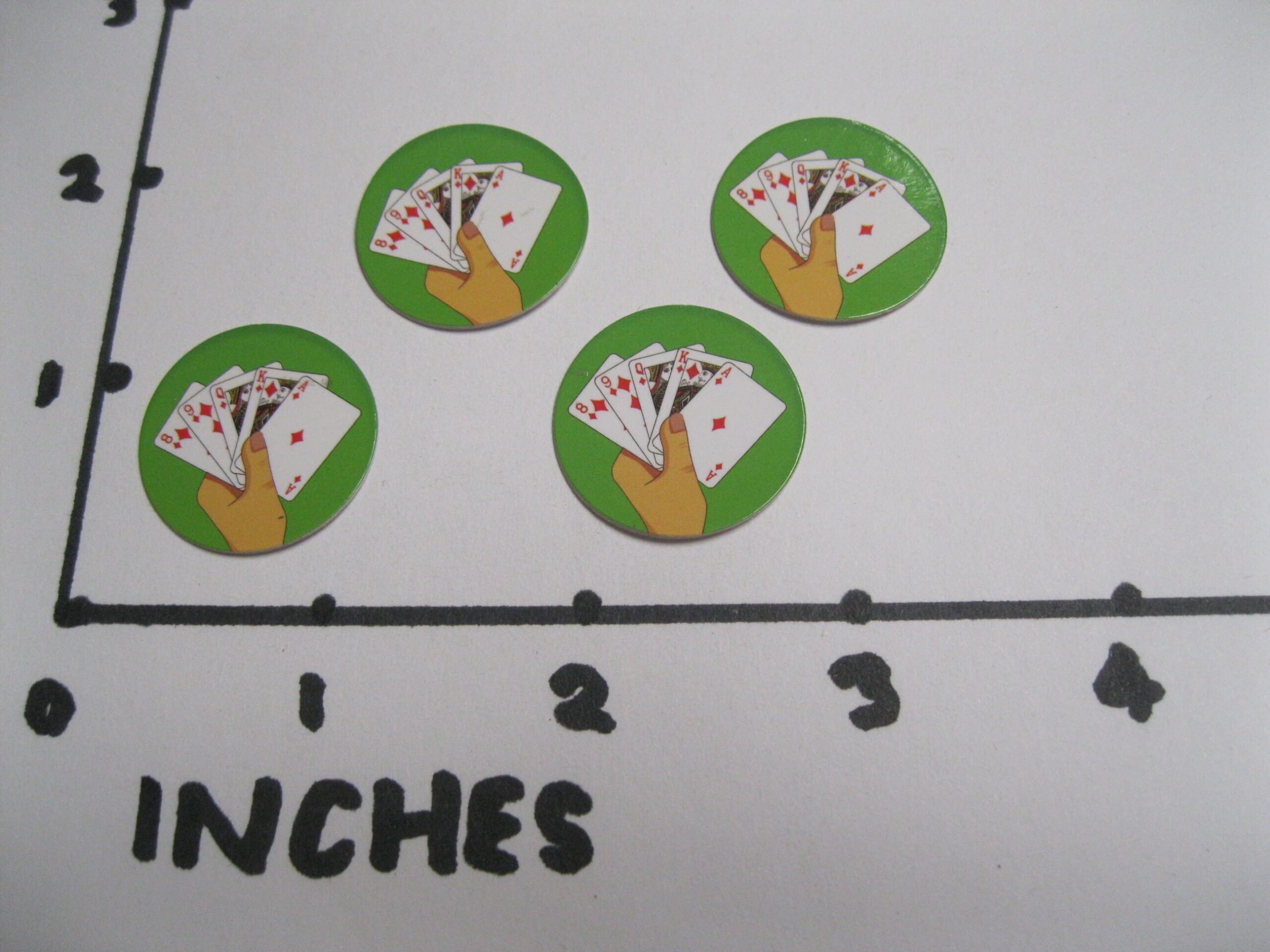Video slot machines are machines which accept coins or paper tickets with barcodes from players and provide credits based on the player’s selection of symbols. The selection may range from fruits, bells, stylized lucky sevens and more; reels spin backwards and forwards to rearrange them accordingly, giving a winning combination more credits according to a paytable displayed on its screen.
There are various varieties of slot machines, from single-payline machines to complex multi-line video games with numerous ways to win. Virtually all slot games include some sort of bonus feature; progressive jackpots may grow with each spin while random number generators determine results and outcomes of individual spins or overall game outcomes. No matter the type of machine used, most are designed to appeal to players by creating an appealing theme with symbols and audiovisual effects to fit it.
Early slot machines used mechanical reels that rotated around to display various combinations of symbols. As technology and electronics have advanced, however, most slot games now utilize video slots which use electronic screens instead of physical reels. When activating such machines, the player presses a button or key and selects from among several icons displayed on screen; after doing this, the machine selects several combinations of symbols and decides if that player wins or loses depending on which appear on their reels.
Modern video slot machines differ significantly from mechanical reels in that their possible combinations aren’t limited by the length of their reel strip; instead, modern slots can have as long of a reel strip as necessary; this enables more paylines, possible combinations and higher payout amounts than mechanical ones; they may also be more volatile due to multiple reels offering regular but small wins interspersed with losses.
Video slots differ from their mechanical-reel counterparts by the way they calculate payback percentages. On traditional machines, this would have been determined by coin denomination and coin per line played; thus creating high-volatility slot machines which paid out less frequently but with bigger winnings while low-volatility machines typically paid out more frequently with smaller wins.
Video slots use pseudorandom number generators to produce random sequences hundreds or even thousands of times every second, and when players press the Play button they use these random sequences as part of determining the result of their spin. Because this procedure changes according to day or weekday or weekend usage, their payback percentage may differ each day or weekend; however, changing an individual machine requires unplugging its central processing unit, unlocking its door, breaking evidence tapes, and inserting new chips – something not easily done in practice.


